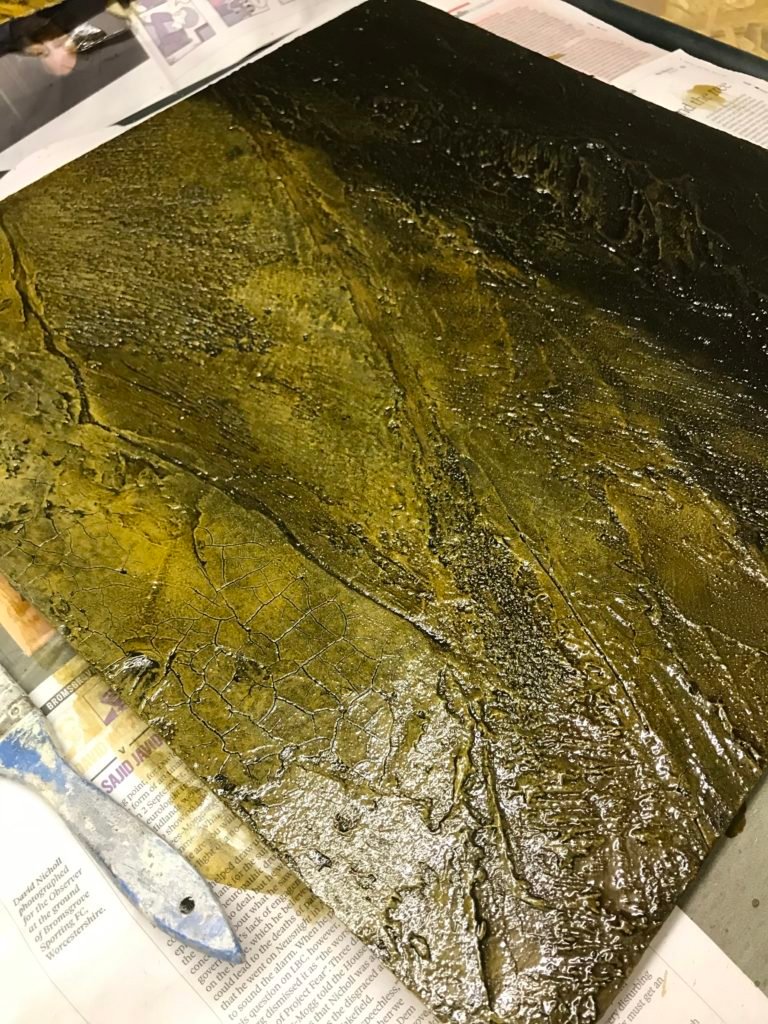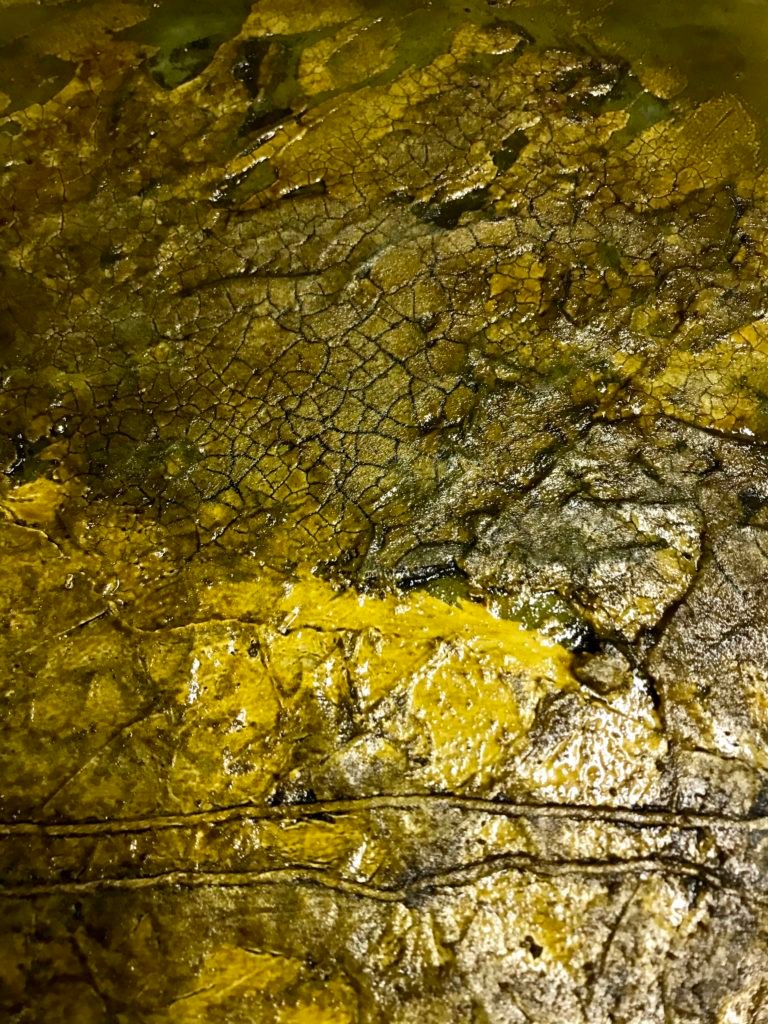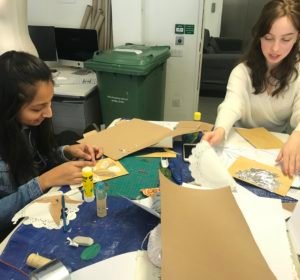For around three years (yes, three years) I’ve been struggling with how to properly seal my often highly-textured collagraph printing plates. When I first started printmaking, I used shellac to seal my card or mount board plates. The plates were relatively small in size, so it didn’t require a large amount of liquid to coat a plate, which was an important factor, as shellac is relatively expensive. However, I soon switched to quick-drying polyurethane varnish because of the lower cost and convenience of not having to wait as long for plates to dry. This has been largely fine, but every now and then a plate has stuck fast to the printing paper, resulting in a ruined print and a lot of time spent removing paper from the plate.




Recently though, I have found what I really hope is the answer. I discovered a blog article by Emily Harvey, aka The Curious Printmaker. She pointed out that PVA glue tends to stick to damp paper when under the pressure of the press. This results in prints tearing when the paper is removed from the plate. Shellac, on the other hand, provides a much stronger barrier against penetration of moisture, sealing the PVA more effectively and preventing this from happening. From her article, I made the connection between many of the instances of sticking paper and the use of PVA on the printing plate.
Since this article, I have re-coated several troublesome plates with shellac. I’ll test them soon and post on the results.
Reference: The Curious Printmaker:
https://www.thecuriousprintmaker.co.uk/using-shellac-printmaking/

